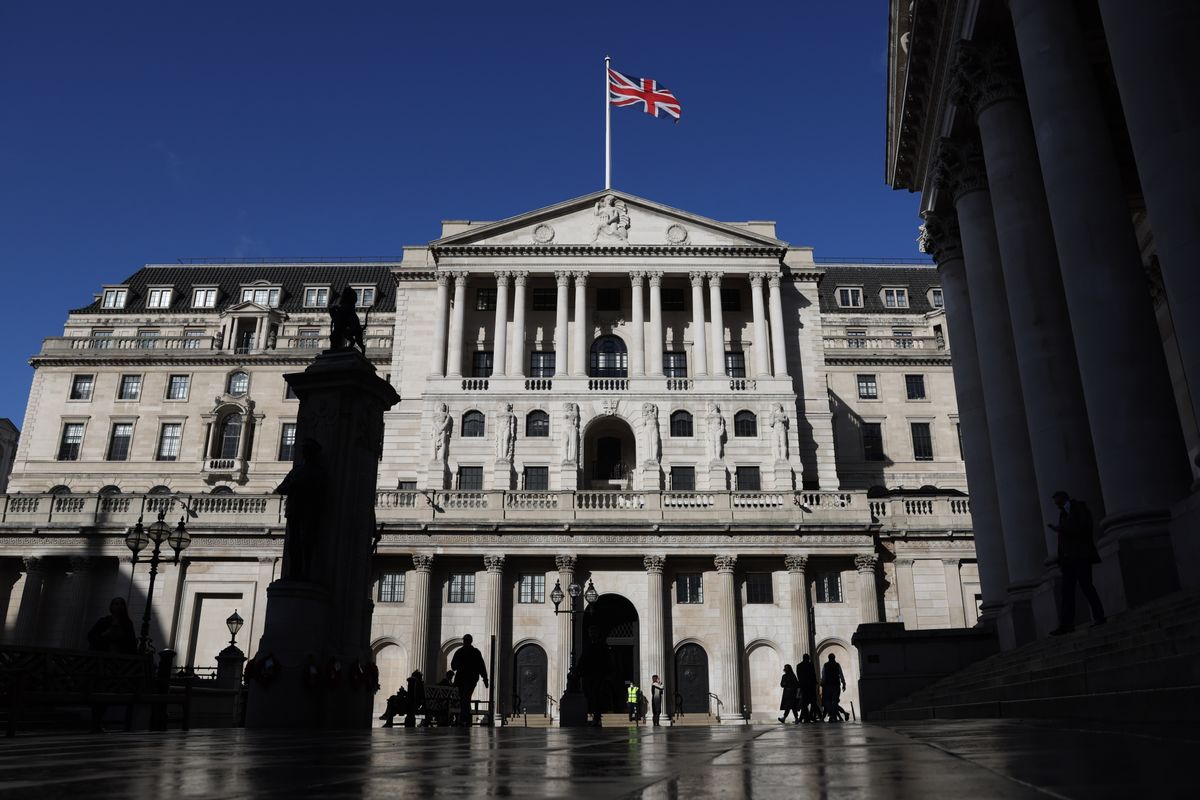CBDC: Bank of England to Test Digital Currencies and DLT Integration
30.07.2024 22:00 1 min. read Alexander Stefanov
England's central bank is set to launch a new series of tests involving distributed ledger technology (DLT) and wholesale central bank digital currencies (wCBDC).
These initiatives aim to explore the evolving landscape of payments and assess the implications of new financial technologies.
As cryptocurrencies and their underlying technologies gain traction, central banks globally are investigating how to integrate these innovations.
The Bank of England is involved in Project Agora, a BIS-led initiative examining the exchange of tokenized bank deposits and central bank money across different currencies.
Governor Andrew Bailey highlighted the need for the Bank to adapt alongside technological advances to ensure monetary and financial stability.
The experiments will focus on asset transfers between platforms, including those using DLT, while ensuring compatibility with the bank’s Real Time Gross Settlement system.
Additionally, the Bank of England plans to collaborate with the Treasury and financial regulators to maintain the consistency of different forms of money, including stablecoins and tokenized deposits, ensuring they remain interchangeable.
-
1
Top 10 blockchains by transaction volume in June 2025
06.07.2025 16:00 2 min. read -
2
German State-Owned Development Bank Issues €100 Million Blockchain Bond
11.07.2025 7:00 2 min. read -
3
Tether Ends Support for Five Blockchains in Infrastructure Shift
12.07.2025 11:30 2 min. read -
4
Cardano and Ethereum Lead in Developer Activity as GitHub Commits Surge
14.07.2025 12:00 1 min. read -
5
Malaysia Opens the Door to Blockchain Experimentation With Launch of Innovation Hub
18.06.2025 22:00 2 min. read
Binance Introduces First Bonding Curve-based Token Launch With Four.Meme Collaboration
Binance has unveiled an innovative Token Generation Event (TGE) model powered by a bonding curve pricing mechanism, launching exclusively through Binance Wallet in collaboration with meme-centric project Four.Meme.
Cardano and Ethereum Lead in Developer Activity as GitHub Commits Surge
Recent GitHub data reveals which blockchain ecosystems and individual projects attracted the most developer attention last week—a key signal of long-term project strength.
Tether Ends Support for Five Blockchains in Infrastructure Shift
Tether, the leading issuer of stablecoins, is phasing out support for five older blockchains.
German State-Owned Development Bank Issues €100 Million Blockchain Bond
Germany’s state-owned development bank NRW.BANK has issued a €100 million ($116.7 million) blockchain-based bond, marking one of the largest public-sector entries into digital securities in Europe.
-
1
Top 10 blockchains by transaction volume in June 2025
06.07.2025 16:00 2 min. read -
2
German State-Owned Development Bank Issues €100 Million Blockchain Bond
11.07.2025 7:00 2 min. read -
3
Tether Ends Support for Five Blockchains in Infrastructure Shift
12.07.2025 11:30 2 min. read -
4
Cardano and Ethereum Lead in Developer Activity as GitHub Commits Surge
14.07.2025 12:00 1 min. read -
5
Malaysia Opens the Door to Blockchain Experimentation With Launch of Innovation Hub
18.06.2025 22:00 2 min. read


